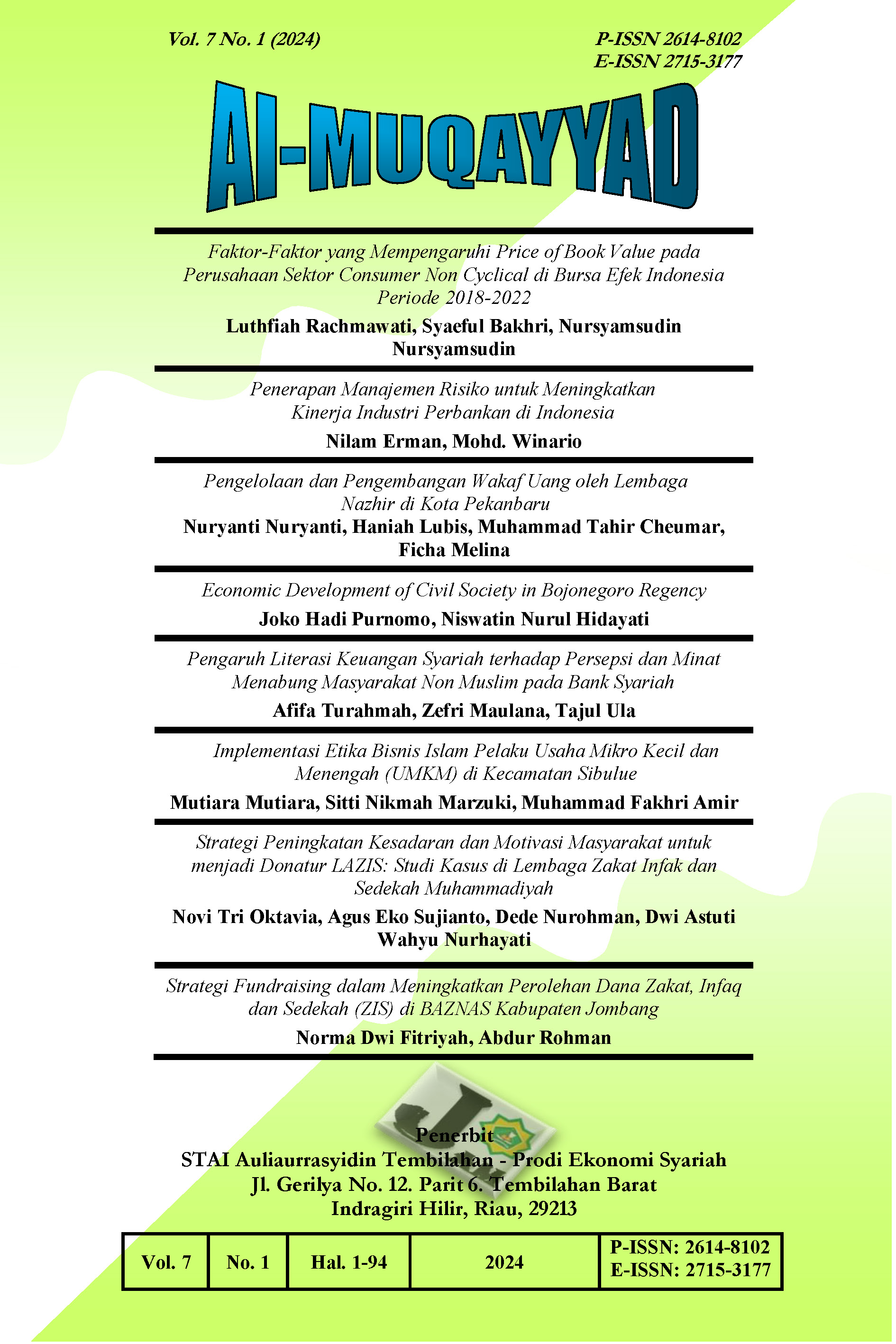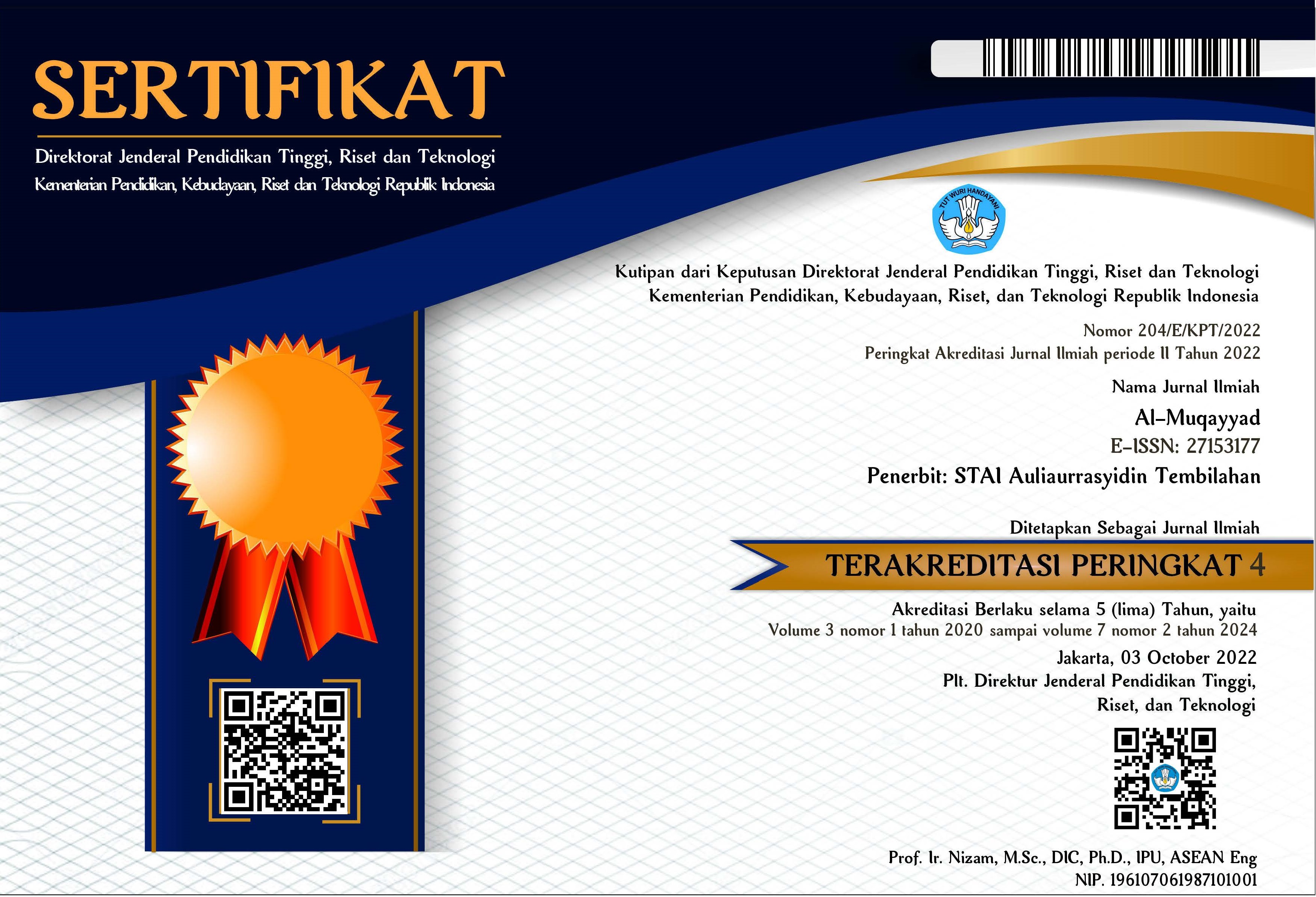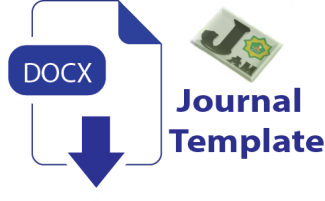Penerapan Manajemen Risiko untuk Meningkatkan Kinerja Industri Perbankan di Indonesia
DOI:
https://doi.org/10.46963/jam.v7i1.1847Keywords:
Implementation, Risk Management, Industry, BankingAbstract
This research aims to determine the implementation and control of risk management in the banking industry in Indonesia. This study uses a qualitative method. The results of this research indicate that the application of risk management in the banking industry must be implemented considering the increasing number of types of crime in the banking world. The application of risk management in the banking industry must be adjusted to the objectives, business policies, size and complexity of the business and the capabilities of the bank itself. Business complexity is the diversity of product transactions/business networks. Meanwhile, bank capabilities include financial capabilities, supporting infrastructure and human resource capabilities. How to manage risk management in the banking industry can be carried out with several efforts, including determining risks, weighing risks, observing and controlling these risks.
Downloads
References
Andriani Rahayu, A. (2018). The implementation of risk management and its effect on good cooperative governance and success. Journal of Indonesian Economy and Business, 33(3), 243–256.
Berg, H.-P. (2010). Risk management: procedures, methods and experiences. Reliability: Theory & Applications, 5(2 (17)), 79–95.
Fahmi, I. (2010). Manajemen resiko. Alfabeta.
Fasa, M. I. (2016). Manajemen risiko perbankan syariah di Indonesia. Li Falah Jurnal Studi Ekonomi Dan Bisnis Islam, I (2), 36–53.
Firmansyah, H. S. (2010). Implementasi framework manajemen risiko terhadap penggunaan teknologi informasi perbankan. Proceeding; Vocational Education in IT Polytechnic; Competitive Advantage in ICT.
Goyal, K. A., & Agrawal, S. (2010). Risk management in Indian banks: some emerging issues. Int. Eco. J. Res, 1(1), 102–109.
Gunawan, I. (2022). Metode Penelitian Kualitatif: teori dan praktik. Bumi Aksara.
Indonesia, B. (2006). Implementasi Basel II di Indonesia. Jakarta: Bank Indonesia.
Indonesia, B. (2011). Peraturan Bank Indonesia No. Pbi/Tentang Penilian Kualitas Aktiva Bank Umum Syariah Dan Unit Usaha Syariah. Bank Indonesia,
Jasni, J. (2020). Manajemen Risiko dalam Meminimalisir Fraud pada PT. Bank Rakyat Indonesia (Persero) Tbk. Cabang Parepare Unit Ujung Lero. IAIN Parepare.
Owojori, A. A., Akintoye, I. R., & Adidu, F. A. (2011). The challenge of risk management in Nigerian banks in the post consolidation era. Journal of Accounting and Taxation, 3(2), 23–31.
Rivai, V., & Permata, V. A. (2006). Credit management handbook: teori, konsep, prosedur, dan aplikasi panduan praktis mahasiswa, bankir, dan nasabah. PT RajaGrafindo Persada.
Rizky, A., & Majidi, N. (2008). Bank Bersubsidi yang Membebani, E. Publishing Company, 2008: Bank Bersubsidi yang Membebani (Vol. 1). Buku Digital.
Rustam, B. R. (2013). Manajemen risiko perbankan syariah di Indonesia. Jakarta: Salemba Empat, 414.
Sari, L. K. (2012). Penerapan manajemen risiko pada perbankan di Indonesia. Jurnal Akuntansi AKUNESA, 1(1), 1–21.
Umam, K. (2012). Manajemen perbankan syariah. Pustaka Setia.
Downloads
Published
Issue
Section
License
Copyright (c) 2024 Nilam Erman, Mohd. Winario

This work is licensed under a Creative Commons Attribution-ShareAlike 4.0 International License.
Authors who publish with this journal agree to the following terms:
1. Copyright on any article is retained by the author(s).
2. The author grants the journal, right of first publication with the work simultaneously licensed under a Creative Commons Attribution shareAlike 4.0 International License that allows others to share the work with an acknowledgment of the work’s authorship and initial publication in this journal.
3. Authors are able to enter into separate, additional contractual arrangements for the non-exclusive distribution of the journal’s published version of the work (e.g., post it to an institutional repository or publish it in a book), with an acknowledgment of its initial publication in this journal.
4. Authors are permitted and encouraged to post their work online (e.g., in institutional repositories or on their website) prior to and during the submission process, as it can lead to productive exchanges, as well as earlier and greater citation of published work.
5. The article and any associated published material is distributed under the Creative Commons Attribution-ShareAlike 4.0 International License





2.png)



